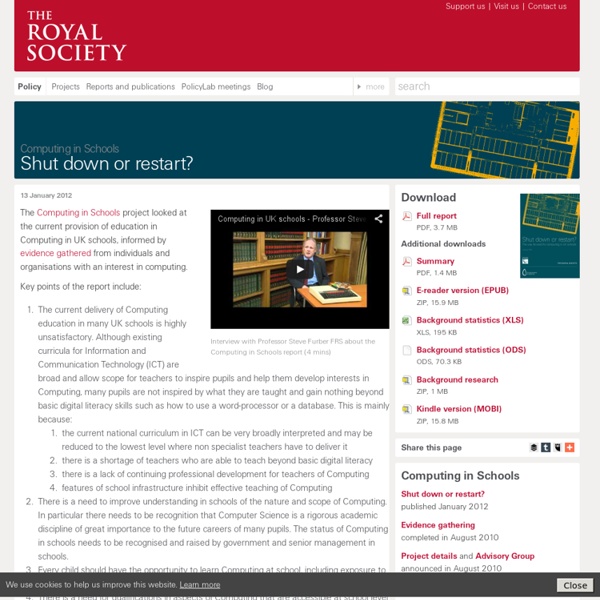Zoom
Trash
Related:



¿Qué es el pensamiento computacional? En el año 2006 Jeannette Wing publicó el artículo Computational thinking en el que defendía que esta nueva competencia debería ser incluida en la formación de todos los niños y niñas, ya que representa un ingrediente vital del aprendizaje de la ciencia, la tecnología, la ingeniería y las matemáticas. Pero, ¿qué es el pensamiento computacional? En palabras de la propia Wing “el pensamiento computacional implica resolver problemas, diseñar sistemas y comprender el comportamiento humano, haciendo uso de los conceptos fundamentales de la informática”. Es decir, que la esencia del pensamiento computacional es pensar como lo haría un científico informático cuando nos enfrentamos a un problema. Otras definiciones de pensamiento computacional han ido surgiendo en la literatura científica desde entonces. Entre las más aceptadas se encuentran la de Aho y la de la Royal Society: Imagen de cabecera: Architecture of Spaun
Únete al evento de aprendizaje más grande en la historia, 8 al 14 de diciembre 2014